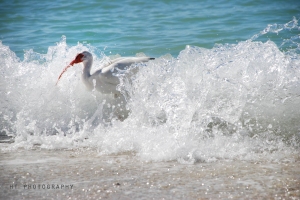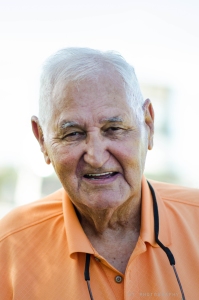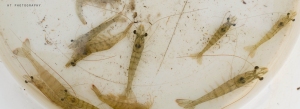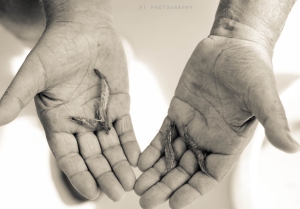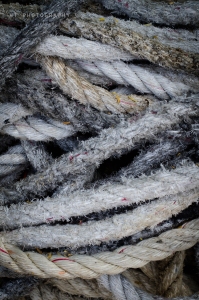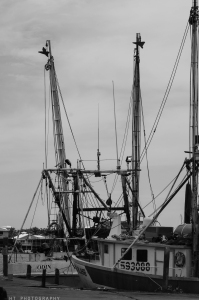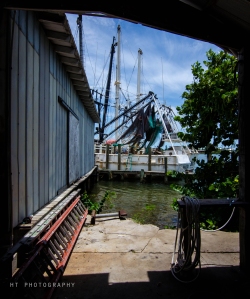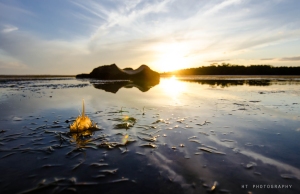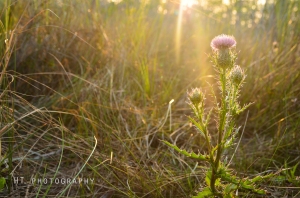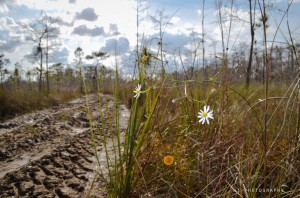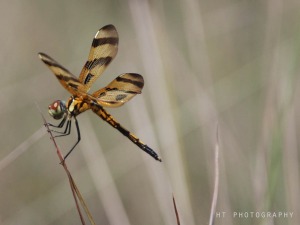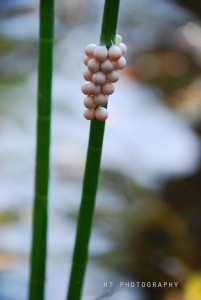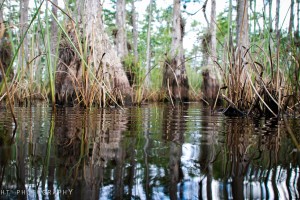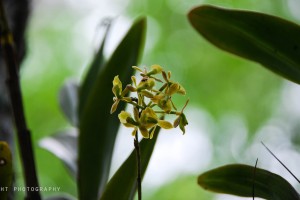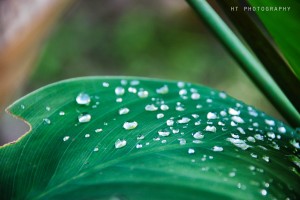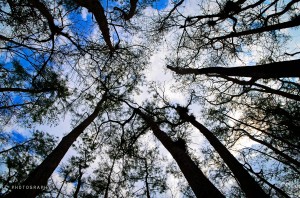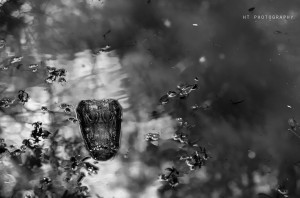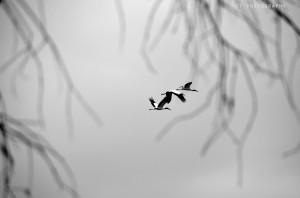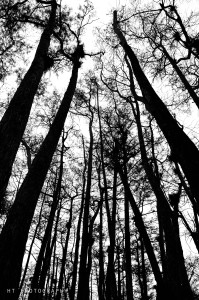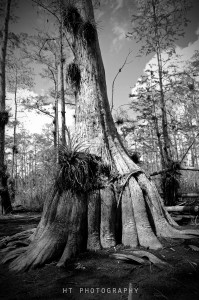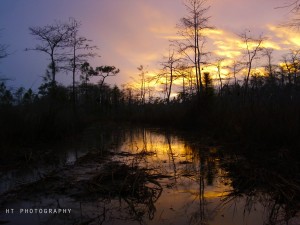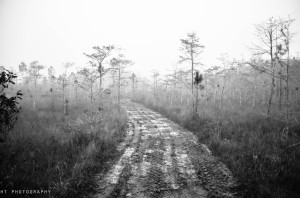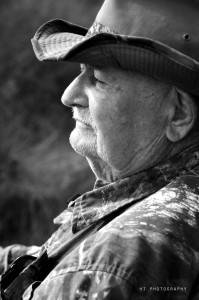
It’s the belly flop heard across the bay. Shining silver scales surging from the depths, beaming in the sun with acrobatic leaps and bounds. All guided by large golden eyes. The description may have you thinking of something with grandeur like the King of the sea, the mighty Tarpon. But in truth it describes his lesser cousin, the humble Mullet.
Mullet can be found across the Florida coastlines, bays and tributaries. They make their homes from cool spring fed rivers to the salty shores. Whether you’re an experienced fisherman or just a beach enthusiast, most likely you’ve had some sort of interaction with this underrated species. Many view the Striped Mullet as a dirty, mud eating trash fish best saved for bait. Frozen, live or cut there’s a reason most species of game and sport fish love to eat them. Simply put they’re delicious. There are two very opinionated camps on eating mullet. You either love it or hate it. I once had someone tell me they would rather swallow a live goldfish than eat mullet again. Being from the love camp, I would challenge any naysayer to try a mullet when properly prepared. Growing up in a family of generations of Floridians, we were taught from a young age that mullet was a prized eating fish whether fried or smoked. One of my grandfather’s favorite sayings to those who would scoff at the notion was to “Man up to Mullet”. In his mind there were two kinds of fish, snook and mullet and he never ate anything but the two.
Some of my earliest memories are of bouncing across the bay in a little john boat, hitting an empty beach & trekking through what is now prohibited sea oats in search of lagoons that hid schools of mullet. There my father would wade into shallow waters, cast net in hand waiting for schools to pass by as they swirled through the shallow depths. He would cast until he filled his stringer, satisfied we had enough for smoking.
Beginning in late summer and early fall mullet will begin to fatten up for Roe season, moving from their rivers and bays out to ocean water. Across the eastern coast of Florida this yearly event is known as the Mullet run. This is when an innumerable mass of individuals migrate to the coastal beaches and inlets in what appears as shining silver waves. The phenomenon brings in many big predatory game species, anglers and photographers alike. This is a time when they are full of eggs and ready to spawn. They are at their fattest and healthiest point during this period and at their best to harvest. Our favorite time to harvest is usually between October & November.

When catching mullet we head out on a low tide, cast net in hand and coolers of ice ready. Silently trolling, we survey shallow lagoons and bars until it looks like the water is boiling with fins and mud & the occasional free flying mullet. Low tides bring schools of them out from rivers where they will pool into shallow areas of the bays and sounds. They will work the bottom kicking up mud as they feed on layers of detritus and other small bottom dwelling organisms. They are known for jumping across the water’s surface & landing with a distinctive slap. Most often it is not one jump but as many as 3 to 6 jumps and clearing heights of 3 to 4 feet. There are several theories as to why they do this, the most popular being that they are breathing in air & shaking off parasites while feeding in low oxygen areas. We cast our net into the densest grouping and let our weights sink down until the water begins erupting with a net of shining silver. We cast until content with our haul and head in to prep our catch.


Mullet are on average 2-3lbs but can weigh as much as 6lbs. Season is open year-round and recreational bag limits are 50per day with no minimum size limit. More restrictive limits are required in portions of Florida. Always check with MyFWC for restrictions in your area.
Once we’ve caught our mullet we usually bleed them by cutting lightly into the gills. This will help eliminate any fishiness and render the best flavor. We keep them on ice until ready to prepare. There are two ways to clean your mullet. If frying, we clean them standardly as you would when filleting any fish for frying. When smoking we begin by lightly cutting circularly from the gills all the way around the back of neck area and back to the gills. Then pulling lightly will remove the head and all attached internals along with the roe. This is a great way to harvest the roe & keeps the sacks intact if you wish to fry or cure. We then fillet them using a “butterfly fillet” Which removes the spine and leaves the fillets attached to the belly meat. This allows us to lay them flat scale down across our smoker. There will usually always be a black film across the belly meat, we lightly scrape this off and rinse our fillets clean.


All the fillets are liberally salted and peppered. We leave half of our fillets salted & peppered and then coat the other half with guarded family sauce recipe resembling a BBQ sauce. When choosing a wood an old Florida favorite has been to use wood from the button wood tree. This can closely resemble black mangrove which is toxic and must be harvested with care & is even restricted in areas. Pecan, alder and apple are other great woods for smoking fish. We smoke our fish for the better part of a day, checking until they are just the right bit of crisp on the edges and moist in the center.

In the United States mullet is such an underappreciated resource that most of Florida’s mullet and roe is exported to European and Asian countries. A quick internet search will show mullet being sold for $10 per fillet. Even more prized is the Roe, the yellow egg sacks found within the females. These are salted, cured & turned into what is know as Bottarga. A delicacy fetching prices of over $200 per pound.

Smoked mullet has a flavor all its own but is just the right bit of salty, smokey richness with a hint of the sea. For me the best ways to serve it is warm right off the skin, prepared as a fish dip or fried with a side of grits and collards. Once you’ve had it, it will be a yearly favorite. Nothing ushers in the Florida fall season better than cool days spent on the water and the smell of smoking mullet lazily drifting through the air. So maybe this year consider bringing smoked Mullet to your thanksgiving dinner & as my grandparents would say “eat like real crackers”.



















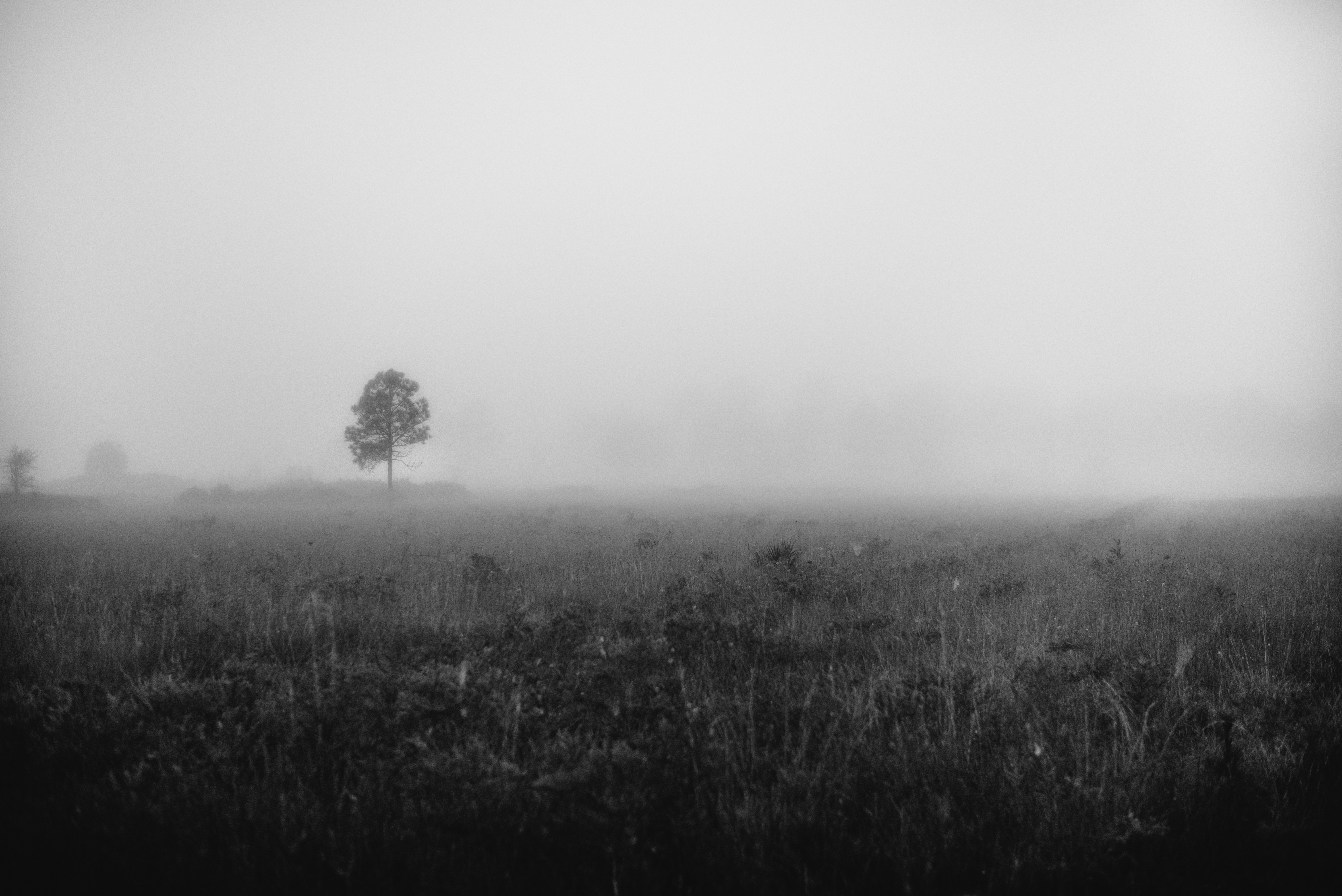
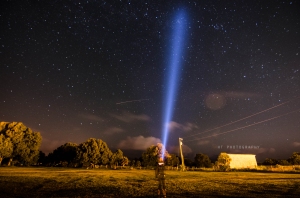
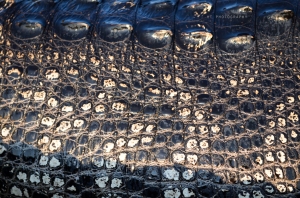


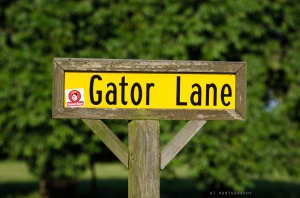
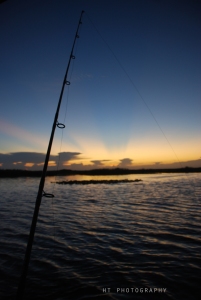
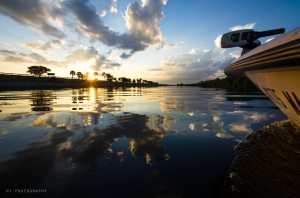

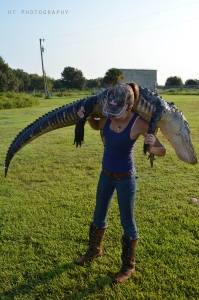
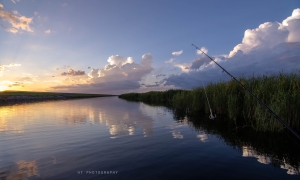
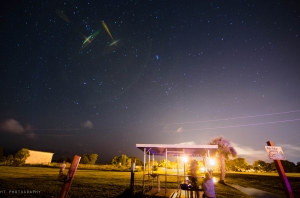
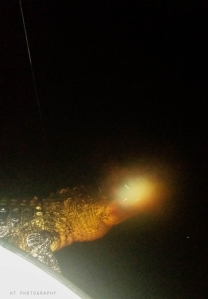
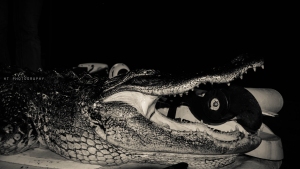

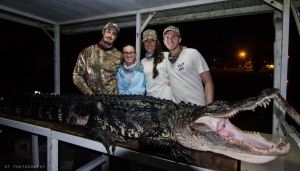
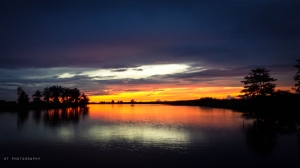
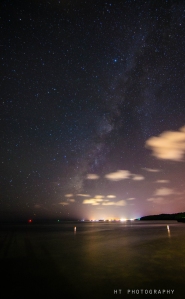
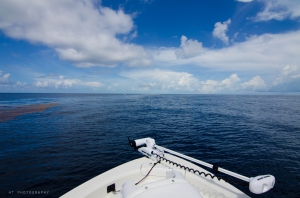
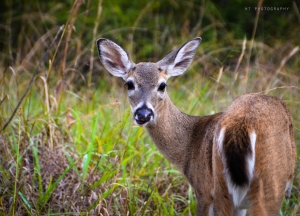
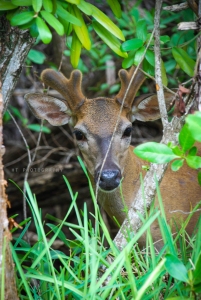
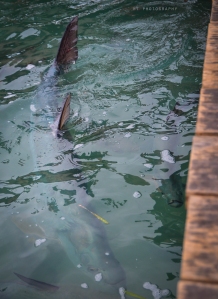
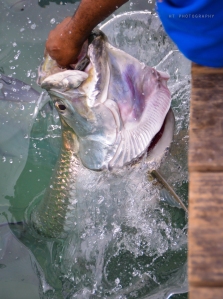
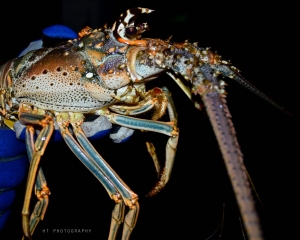
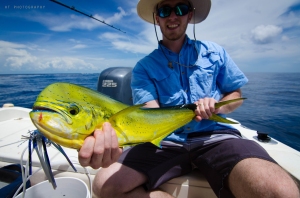
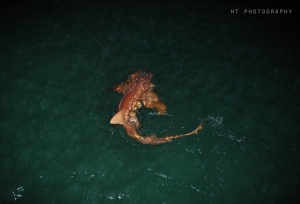
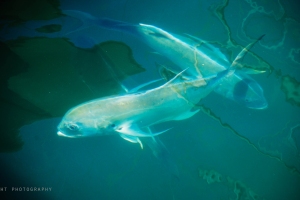

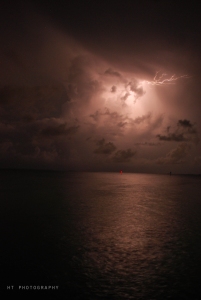
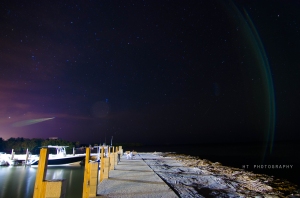
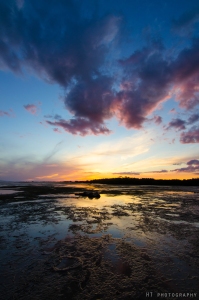
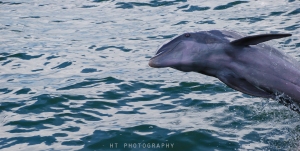 Species such as sharks, dolphins, grouper and many other large sea dwellers call these places home. Dozens of types of birds depend on this array of spawning for their own chicks survival, feeding upon young fry and crustaceans. Many mollusks and bi valve species such as oysters, scallops conchs and others can be found nestled in the bays sediment helping filter and cleanse the water.
Species such as sharks, dolphins, grouper and many other large sea dwellers call these places home. Dozens of types of birds depend on this array of spawning for their own chicks survival, feeding upon young fry and crustaceans. Many mollusks and bi valve species such as oysters, scallops conchs and others can be found nestled in the bays sediment helping filter and cleanse the water.
